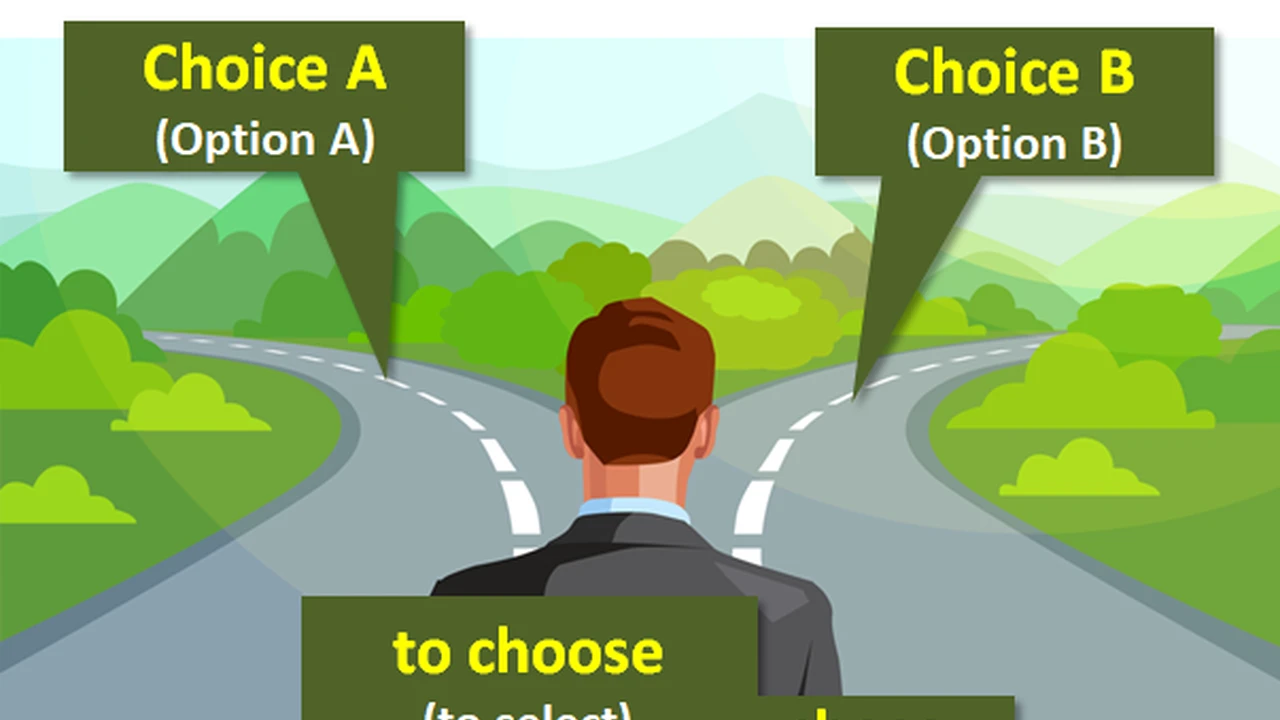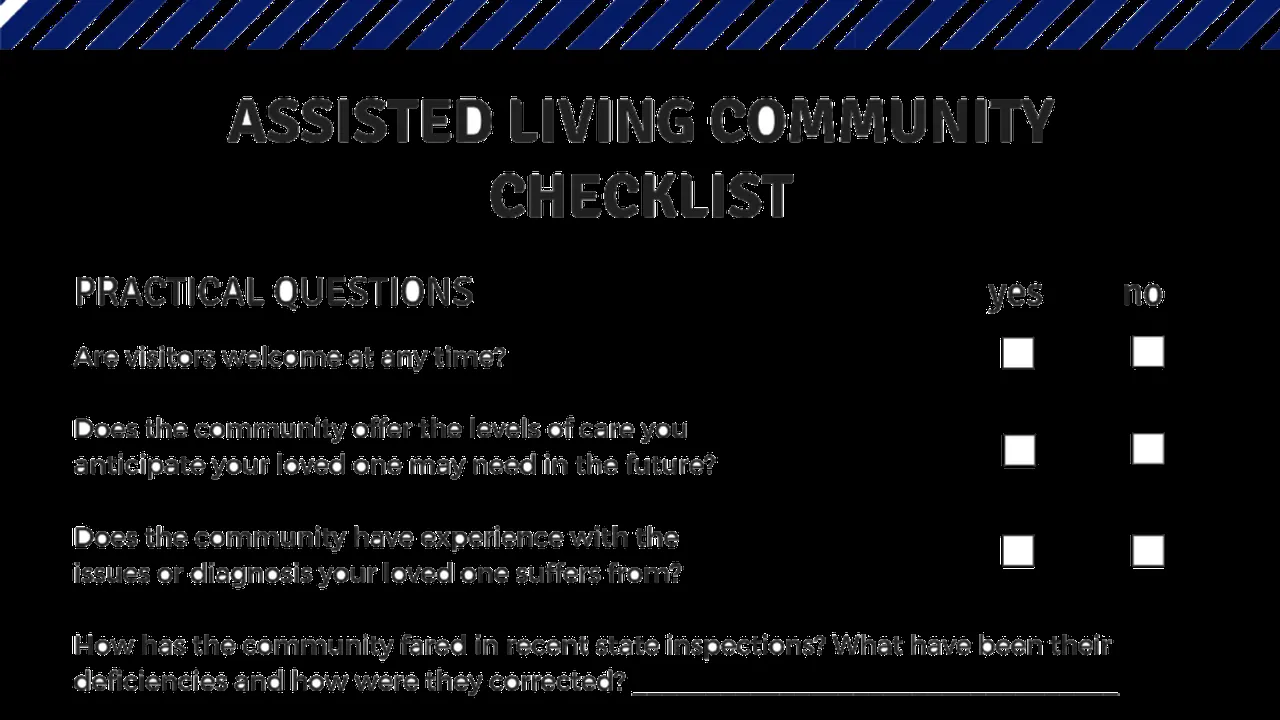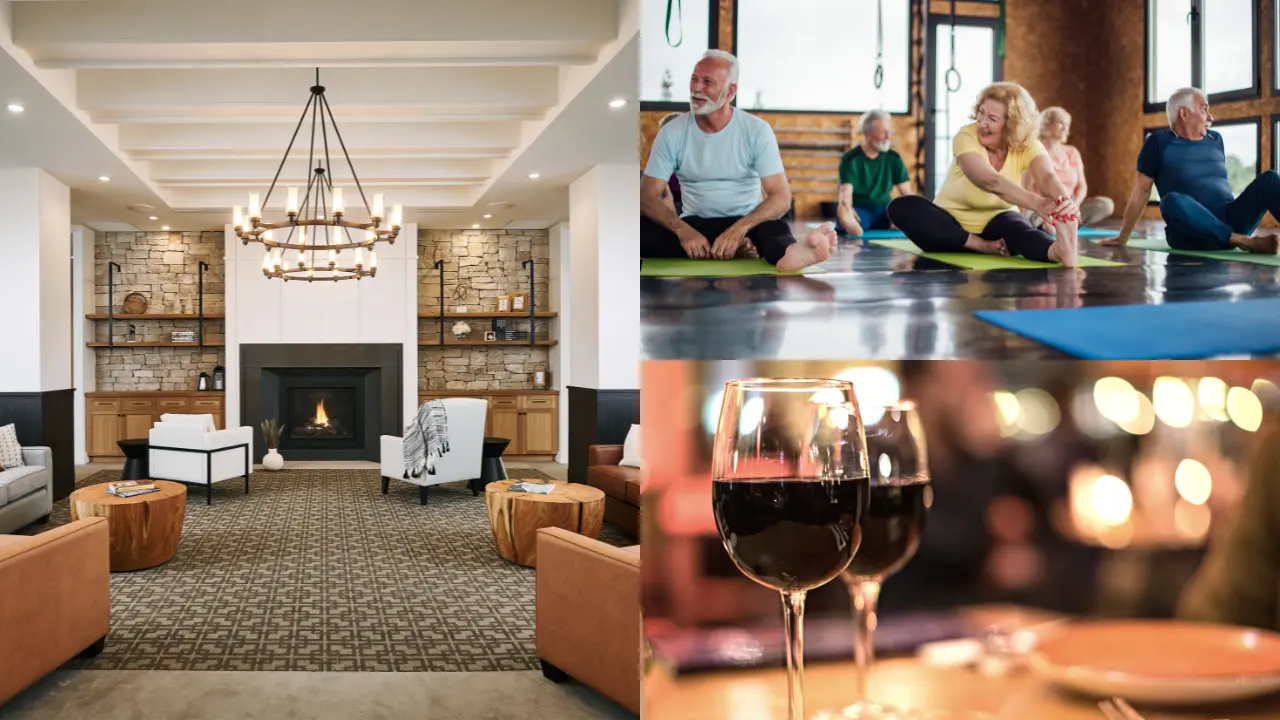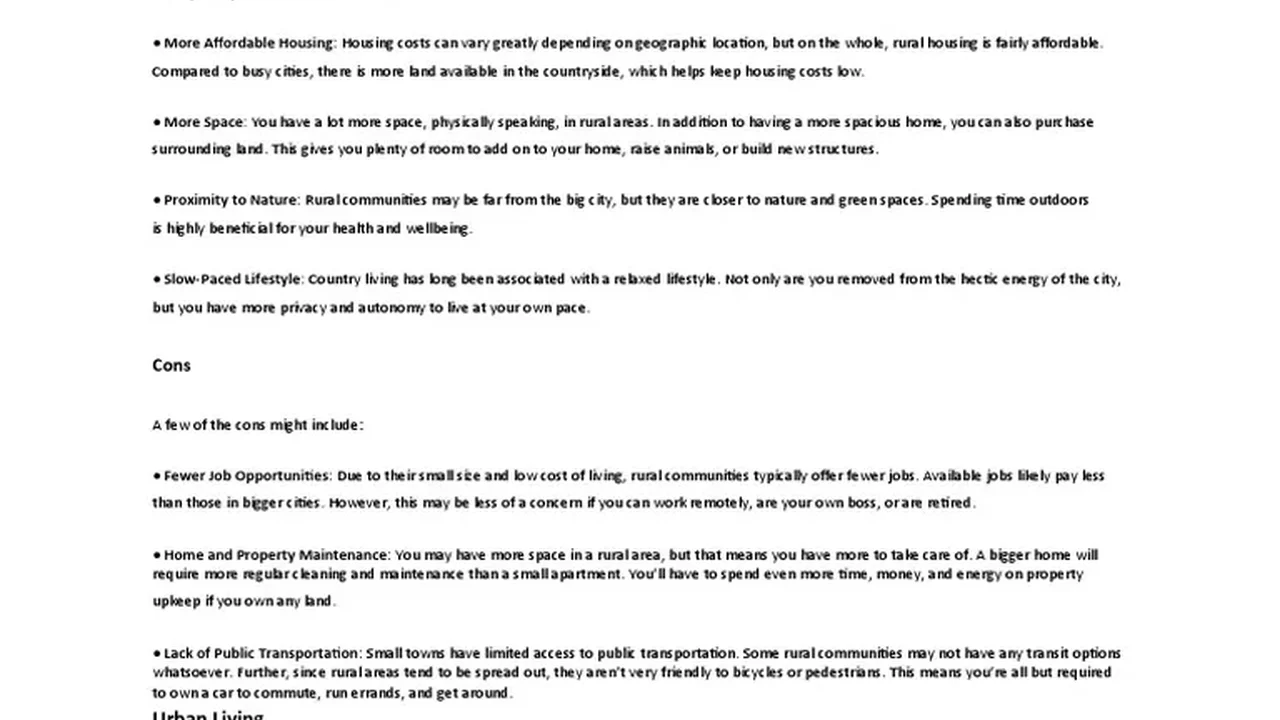How to Choose the Right Memory Care Facility
Get expert tips and a comprehensive guide on selecting the best memory care facility for your loved one's unique needs.

Get expert tips and a comprehensive guide on selecting the best memory care facility for your loved one's unique needs. Choosing the right memory care facility for a loved one living with Alzheimer's disease or another form of dementia is one of the most significant decisions a family can make. It's a journey filled with emotional challenges, practical considerations, and a deep desire to ensure the best possible quality of life and safety for someone you cherish. This isn't just about finding a place; it's about finding a community that understands, supports, and nurtures your loved one through every stage of their cognitive journey. Let's dive into how to navigate this complex process, ensuring you make an informed and compassionate choice.
How to Choose the Right Memory Care Facility
Understanding Memory Care What Makes It Unique
Memory care is a specialized form of long-term care designed specifically for individuals with cognitive impairments. Unlike general assisted living, memory care facilities offer a secure environment, specialized programming, and staff trained to handle the unique challenges associated with dementia. This includes managing behavioral changes, providing cognitive stimulation, and ensuring safety in a way that promotes dignity and independence as much as possible. It's about creating a structured yet flexible environment where residents can thrive, even as their memory declines.When Is It Time for Memory Care Recognizing the Signs
Deciding when to transition a loved one to memory care is often the hardest part. It's not a single event but a gradual realization. Key indicators might include increased wandering or getting lost, significant safety concerns at home (like leaving the stove on), aggressive or agitated behavior that's difficult to manage, a decline in personal hygiene, or a caregiver experiencing burnout. If your loved one's needs are consistently exceeding what you or in-home care can safely and effectively provide, it's likely time to explore specialized memory care options. This decision is about ensuring their safety and well-being, and often, it brings a sense of relief to both the individual and their family.Key Factors to Consider When Evaluating Memory Care Facilities
When you start looking at facilities, there are several critical areas to scrutinize. Think of this as your comprehensive checklist to ensure you're covering all bases.Location and Accessibility Finding the Right Fit
Consider the facility's proximity to family members. While it might seem secondary, easy access for visits is crucial for maintaining family connections and providing emotional support. Also, think about the surrounding environment. Is it peaceful or bustling? Does it offer outdoor spaces that are secure and accessible for residents?Staff Training and Ratios The Heart of Quality Care
This is arguably the most important factor. Ask about staff-to-resident ratios, especially during different shifts. What kind of specialized training do they receive in dementia care, behavioral management, and communication techniques? Are they certified in specific dementia care programs? A well-trained, compassionate staff is the backbone of excellent memory care. Look for staff who engage warmly with residents, show patience, and seem genuinely invested in their well-being.Security and Safety Measures Ensuring a Safe Environment
Memory care facilities must be secure to prevent wandering. Inquire about secure perimeters, alarmed doors, and monitoring systems. What are their protocols for emergencies, such as fires or medical incidents? Are common areas and resident rooms designed to minimize fall risks? Safety should be paramount.Specialized Programming and Activities Engaging Minds and Spirits
Effective memory care goes beyond basic needs; it focuses on enriching lives. Look for a robust activity calendar tailored to different stages of dementia. This might include cognitive stimulation exercises, music therapy, art therapy, reminiscence therapy, light physical activity, and social engagement opportunities. Ask how they personalize activities to individual interests and abilities. A good program keeps residents engaged, reduces agitation, and promotes a sense of purpose.Facility Design and Environment Creating a Therapeutic Space
The physical environment plays a huge role in memory care. Look for clear signage, easy-to-navigate layouts, and a calming atmosphere. Are common areas comfortable and inviting? Do they have secure outdoor spaces like gardens or courtyards? Natural light, familiar decor, and sensory elements can all contribute to a more positive experience for residents. Avoid places that feel sterile or institutional.Dining and Nutrition Supporting Health and Well-being
Nutrition is vital. Ask about meal plans, dietary accommodations, and how they encourage residents to eat. Are meals served in a calm, supportive environment? Do they offer snacks throughout the day? Some facilities use adaptive dining techniques to assist residents with eating difficulties.Medical Services and Health Monitoring Integrated Care
What medical services are available on-site or through partnerships? This includes medication management, regular health assessments, and access to physicians or nurses. How do they handle medical emergencies? Understanding their health monitoring protocols is crucial.Cost and Payment Options Financial Planning for Memory Care
Memory care can be expensive. Understand the fee structure: what's included in the base rate, and what are additional charges? Inquire about payment options, including long-term care insurance, veterans' benefits, Medicaid (if applicable), and private pay. Don't be afraid to discuss financial assistance programs or payment plans.Questions to Ask During Your Facility Tours
When you visit facilities, come prepared with a list of questions. Here are some essential ones:- What is your staff-to-resident ratio, especially during nights and weekends?
- What specialized training do your staff members receive in dementia care?
- How do you handle challenging behaviors like agitation or wandering?
- Can you provide a sample activity calendar? How do you personalize activities?
- What are your security measures to prevent residents from leaving unsupervised?
- How do you communicate with families about a resident's well-being and changes?
- What medical services are available on-site, and how do you manage medications?
- What is your policy on visitors and family involvement?
- Can you accommodate specific dietary needs or preferences?
- What is the all-inclusive monthly cost, and what services are extra?
- What is your emergency preparedness plan?
- How do you ensure residents maintain their dignity and independence?
:max_bytes(150000):strip_icc()/277019-baked-pork-chops-with-cream-of-mushroom-soup-DDMFS-beauty-4x3-BG-7505-5762b731cf30447d9cbbbbbf387beafa.jpg)






